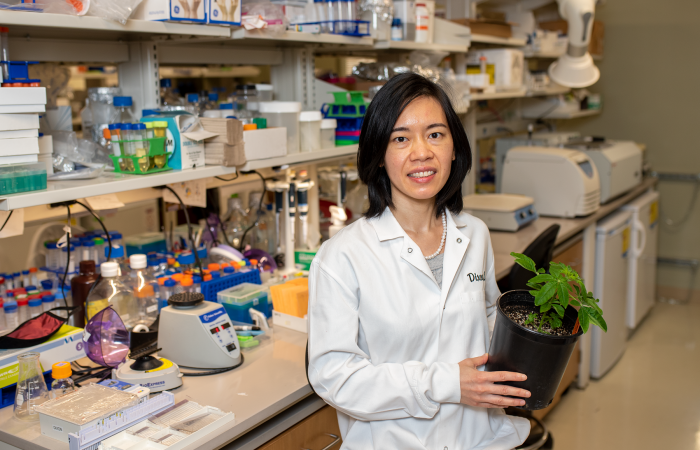United States – Researchers at Oak Ridge National Laboratory’s Center for Bioenergy Innovation (CBI) have discovered a way to encourage the formation of lignin in plants, which could make the processing of crops grown for products such as sustainable jet fuels easier and less expensive.
C-lignin, a polymer found in the seed coats of some exotic plants, was the focus of the study. To make clean biofuels, lignin, a polymer that gives plants their rigidity, is an excellent source of building blocks and aromatic chemical compounds. G- and S-lignins, which are found in the majority of plants, are particularly difficult to process.
In comparison to other lignins, C-lignin has a more linear structure, making it easier to deconstruct. According to a new study published in the journal Science Advances, scientists at the U.S. Department of Energy Bioenergy Research Center (CBI) have discovered the genetic mechanism responsible for the formation of the preferred C-lignin. C-lignin could be engineered into bioenergy crops to limit the growth of G/S-lignins, which could lead to more affordable, higher-yield bioprocessing.
Switch to C-lignin
While researching the cleome, or spider plant, Chunliu Zhuo, a postdoctoral scholar at UNT, made an important discovery about how plants make C-lignin. After pollination, Cleome produces G-lignin in its seed coats for the first 12-14 days. After that, it produces only C-lignin.
In the Biosciences Division at ORNL, a team led by Tim Tschaplinski analyzed C-lignin formation at the molecular level to help guide the research. A polymerization process known as lignin polymerization was found to still exist in plants, but the building blocks for both types of lignin were not connected. They’re dispersed throughout the cells, but they’re not forming G/C-lignin.
Since the switch appears to be so abrupt and complete, the researchers now believe that the process is actually much simpler than they previously thought, involving enzymes and a number of steps.
Better biomass crops
C-lignin building blocks are thought to prevent the formation of chains that contain G building blocks, according to the latest findings. A better understanding of this mechanism will lead to the development of plants that are primarily composed of C-lignin. Because of this, engineering it may be easier than they expected. That’s all that’s required, not to activate G-lignin and then turn off C-lignin, as they had originally hoped.




